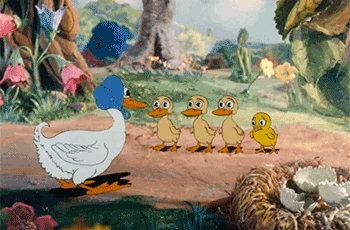
NOTES ON FILM & RESTORATION
08/13/2021In today’s New York Times—a newspaper with a sad history of treating the arts like a cat’s toy—we are served yet another slice of baby talk in the guise of a cultural “think piece.” “Great is what this art is,” goes the sub-hed of a reflection on the Gardner Museum’s new Titian exhibition, “yet it raises doubts about whether any art, however ‘great,’ can be considered exempt from moral scrutiny.”
What art has ever been “considered exempt from moral scrutiny?” Isn’t it possible to walk into a museum, look at a painting by Titian or Thomas Cole or Frederic Remington, and arrive at a double perspective of aesthetics and history all on one’s own? Of course it is. People do it all the time, and they’ve been doing it for as long as there have been galleries and museums.
So it is with cinema. I know many filmmakers throughout the world who admire the work of John Ford but who would never dream of making a film that mixes Apaches with white actors made up to look like Apaches. That convention did not belong to John Ford. It belonged to the time. And during that time, the great producer Val Lewton made his last film, a western called Apache Drums, directed by Hugo Fregonese, which has been restored by Universal Pictures in partnership with The Film Foundation. I am not comparing Apache Drums to My Darling Clementine or The Searchers. It is a small film, described very well by Lewton in a letter to his mother and sister: “The little Western film I made is ready for preview…We do know that it is, at the very least, an extraordinarily well-made film, and made at the lowest price at which a feature-length Technicolor film has ever been made… If it isn’t a hit, then the fact that it has been brought in so cheaply will at least assure me of a job.” Lewton would be dead at the age of 46 two months before the film was released. As in his great RKO horror films, the aesthetic economy and refinement of Apache Drums is remarkable, nowhere more than in the night raid on the church, in which Lewton and Fregonese make exquisite use of firelight, color and—as always—darkness.
The historical context in which Lewton and Fregonese made Apache Drums now seems as distant as the ones in which Titian painted “The Rape of Europa” or Longfellow wrote “The Song of Hiawatha.” Should we really expect them all to be reframed for us through “the lens of the political present,” i.e. from our own recklessly decontextualizing perspective? Or, should we enter the work of art on our own, if it really sparks something in us, and find our own way to seeing its historical context with ever-increasing clarity? In this case, the work of art is minor, but the sensibility and the craft behind it belong to a major figure who died far too young.
- Kent Jones
Follow us on Instagram, and Twitter!
The Film Foundation